Earth Science Fronts Worksheets
Are you a middle school or high school teacher looking for engaging and informative worksheets to help your students understand Earth Science fronts? If so, you've come to the right place! In this blog post, we will introduce you to a range of carefully crafted worksheets designed to teach your students about various fronts and their impact on weather patterns. Whether you are teaching online, hybrid, or in-person, these worksheets will provide your students with the knowledge and practice they need to confidently master this important topic.
Table of Images 👆
- Maps and Weather Fronts Worksheet
- Weather Air Masses and Fronts Worksheets
- Air Masses Worksheet
- Weather Fronts Worksheets Answers
- Earth Science Worksheets
- Regents Earth Science Worksheet Answers
- Types of Weather Fronts Worksheet
- Earth Atmosphere Layers Worksheet
- Science Weather Worksheets
- Sun Moon Earth System Worksheets
- Air Masses and Fronts Worksheet
- Create a Weather Map Worksheet
- Reading Weather Maps Worksheets
- Weather Station Model Worksheet
More Science Worksheets
6 Grade Science WorksheetsScience Heat Energy Worksheets with Answer
Science Worksheets Light and Sound
7th Grade Science Cells Worksheets
Worksheets Life Science Vocabulary
8th Grade Science Scientific Method Worksheet
Science Worksheets All Cells
What are Earth Science Fronts?
Earth Science Fronts refer to the boundary between two air masses of differing temperature or humidity. These fronts play a crucial role in weather systems by causing changes in atmospheric conditions, leading to the formation of various weather phenomena such as rain, thunderstorms, and snow. The interaction between these air masses at fronts can result in the lifting of air, condensation of water vapor, and the release of energy, ultimately influencing the weather patterns in a particular region.
How do warm fronts form?
Warm fronts form when a warm air mass advances and gradually lifts over a denser, cooler air mass at the Earth's surface. As the warm air rises, it cools and condenses, leading to cloud formation and precipitation. This process results in a gradual warm-up in temperature and a shift in wind direction as the warm front moves into an area previously occupied by cooler air.
How do cold fronts form?
Cold fronts form when a cold air mass advances and displaces a warmer air mass. This movement occurs because cold air is denser than warm air, and it forces the warm air to rise above it. As the warm air rises, it cools and condenses, leading to the formation of clouds and possibly precipitation along the boundary where the two air masses meet. The steep slope of the cold front helps to enhance lifting of the warm air, leading to potentially strong storms and weather changes.
What are the characteristics of a stationary front?
A stationary front is a boundary between two air masses that have different temperatures and humidity levels, but neither air mass is strong enough to displace the other. As a result, the front remains nearly stationary, causing prolonged periods of unsettled weather such as precipitation and clouds to occur along the boundary. Stationary fronts often lead to extended periods of rain or thunderstorms as the contrasting air masses interact, creating a zone of convergence and uplift that promotes the formation of clouds and precipitation.
How do occluded fronts develop?
Occluded fronts develop when a faster-moving cold front catches up to a slower-moving warm front. As the cold air overtakes the warm air, it lifts the warm air off the ground, leading to the formation of an occluded front. This process results in a complex weather system with a mix of warm and cold air masses, often producing precipitation and sometimes severe weather.
What weather conditions are associated with a warm front?
A warm front is associated with rising temperatures, increasing humidity, and generally calm or light winds. As the warm front approaches, clouds begin to thicken and lower, leading to the possibility of steady rain or drizzle. This type of front typically results in an extended period of precipitation and often brings overcast skies and milder conditions as warm air moves in to replace cooler air at the surface.
What weather conditions are associated with a cold front?
Cold fronts typically bring about a rapid change in weather conditions such as a drop in temperature, gusty winds, and possible precipitation in the form of rain or snow. Thunderstorms and sometimes even severe weather can occur along a cold front as the denser, colder air mass advances and lifts the warmer, less dense air mass. The sudden change in weather conditions is usually noticeable as the front passes through an area.
How do fronts impact temperature and humidity?
Fronts can have a significant impact on temperature and humidity. As a front moves through an area, it can cause a change in air masses, leading to a shift in temperature. A cold front, for example, typically brings colder air behind it, causing temperatures to drop rapidly. On the other hand, a warm front can usher in warmer air, leading to a rise in temperatures. Additionally, fronts can also affect humidity levels by causing changes in air pressure and moisture content. For instance, a cold front might bring in drier air, decreasing humidity levels, while a warm front can increase moisture content, leading to higher humidity.
Can fronts trigger severe weather events?
Yes, fronts can trigger severe weather events by bringing together contrasting air masses that result in significant changes in temperature, humidity, and atmospheric instability. These conditions can lead to the development of severe thunderstorms, tornadoes, hail, and strong winds, making fronts a common trigger for severe weather.
How do meteorologists track and forecast fronts?
Meteorologists track and forecast fronts by using a combination of observational data, such as satellite imagery, radar data, and surface weather observations, along with computer models that simulate the behavior of the atmosphere. Fronts are areas where different air masses meet and can trigger significant weather changes. By analyzing the characteristics of air masses, their movements, and how they interact along fronts, meteorologists can make predictions about the weather patterns that will develop in a particular region. This allows them to issue forecasts related to temperature changes, precipitation, and cloud cover associated with the front's movement.
Have something to share?
Who is Worksheeto?
At Worksheeto, we are committed to delivering an extensive and varied portfolio of superior quality worksheets, designed to address the educational demands of students, educators, and parents.

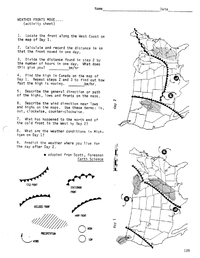



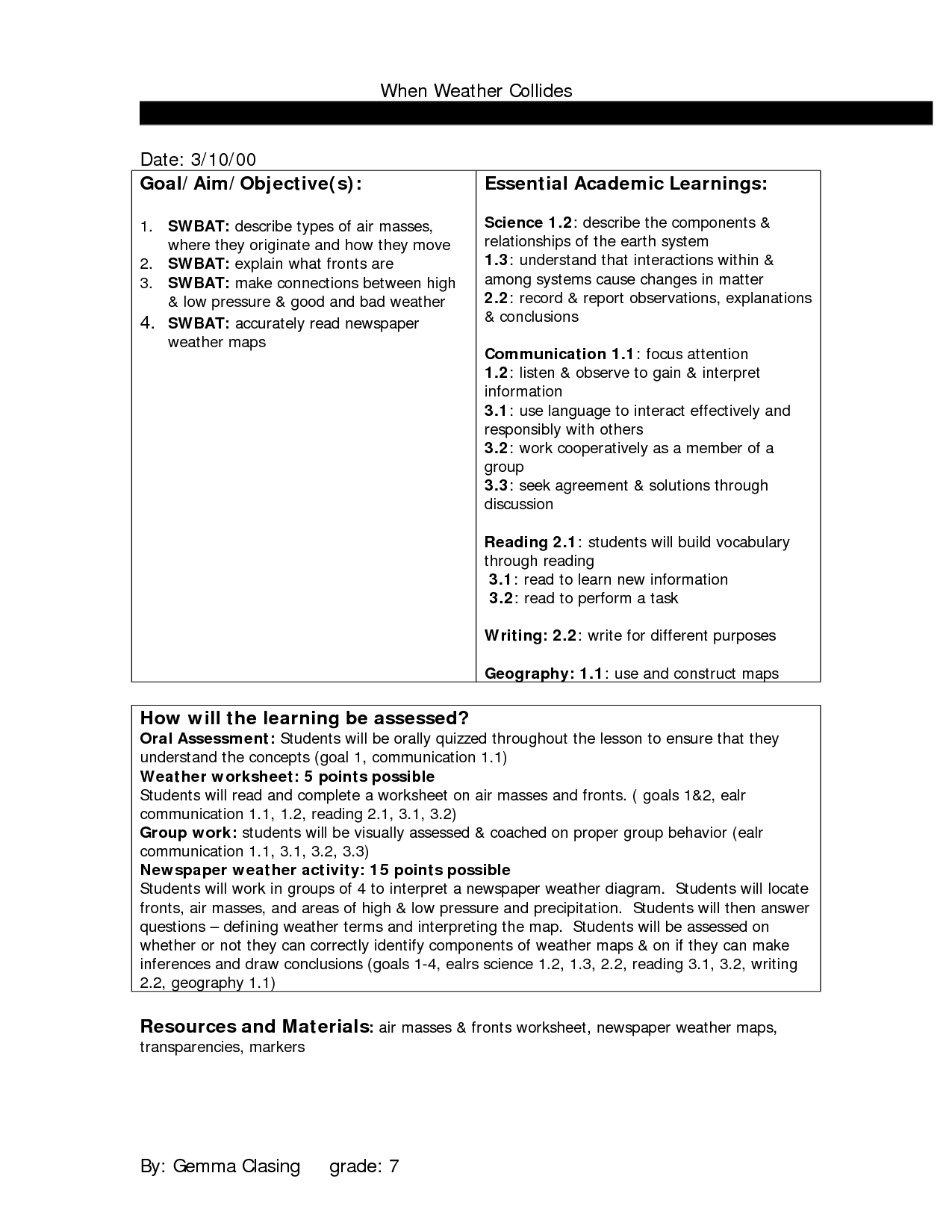
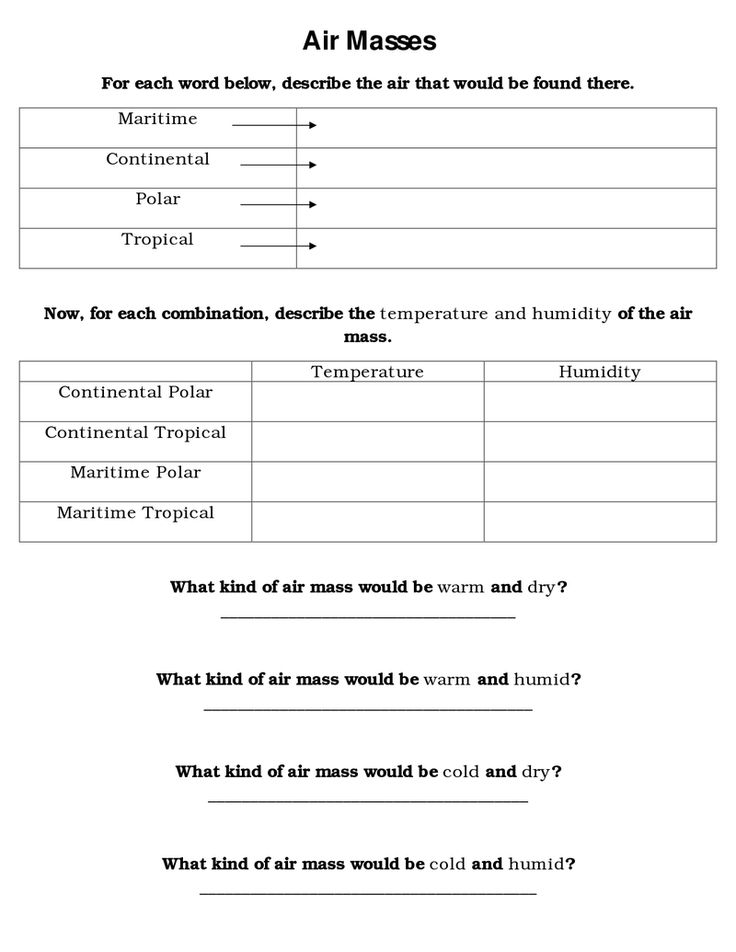
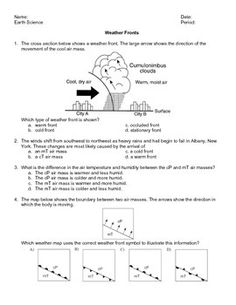
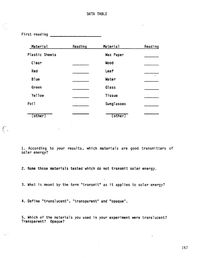
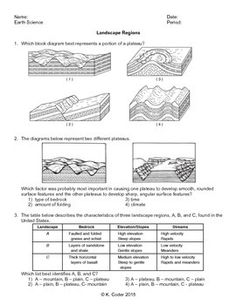
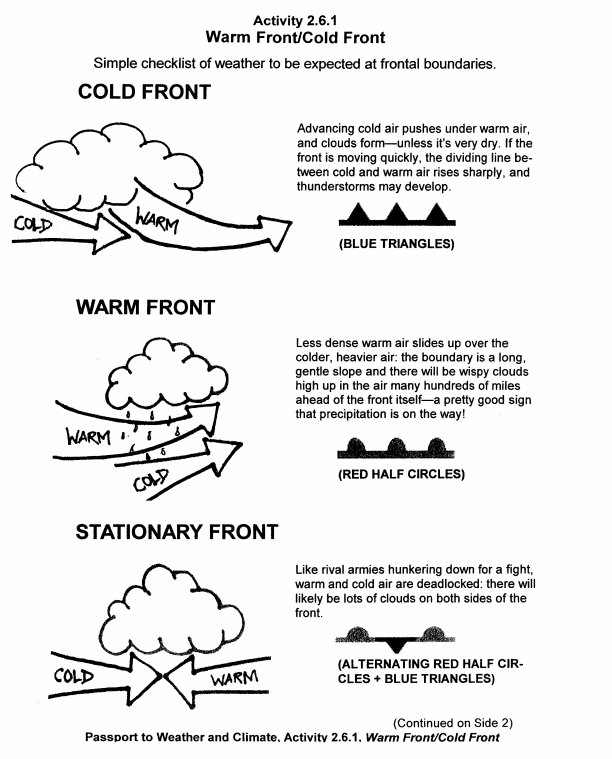
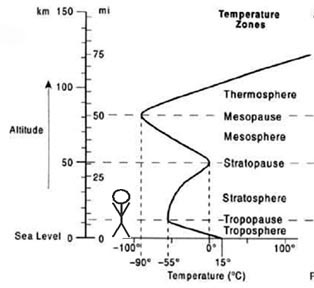
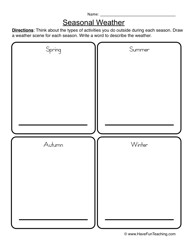
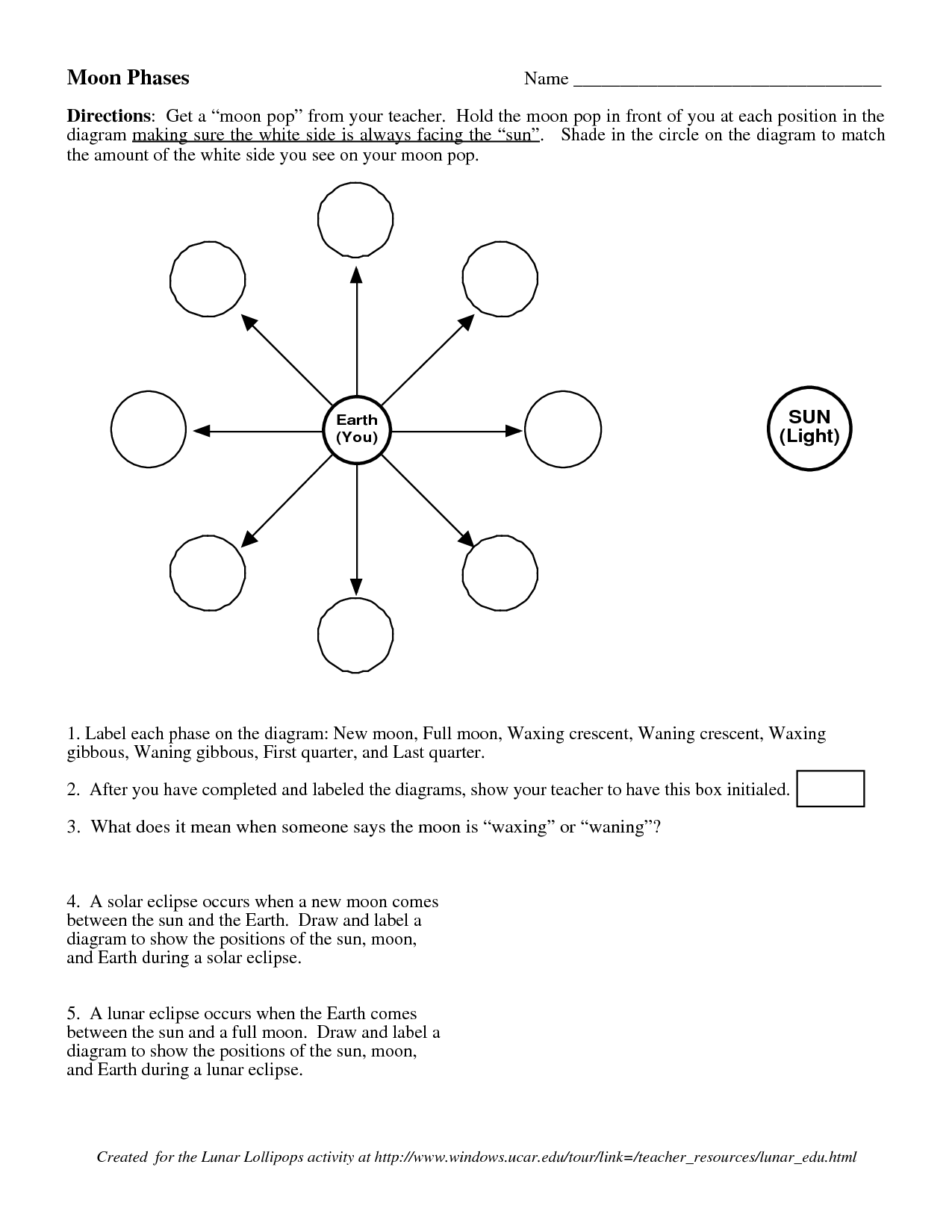
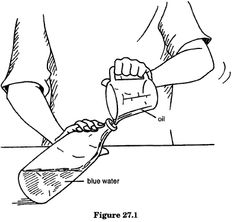
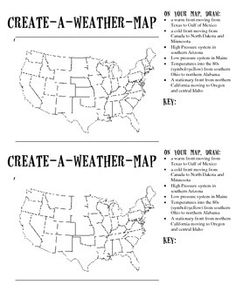
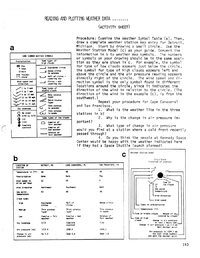
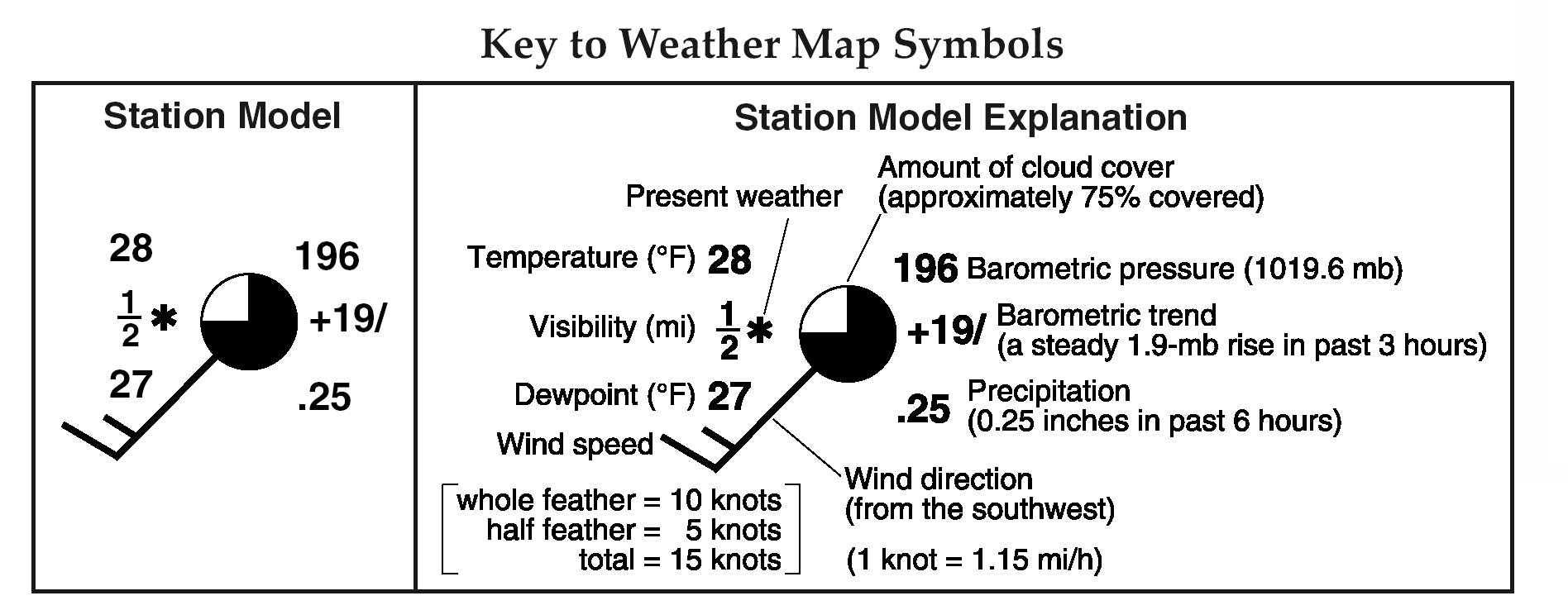














Comments